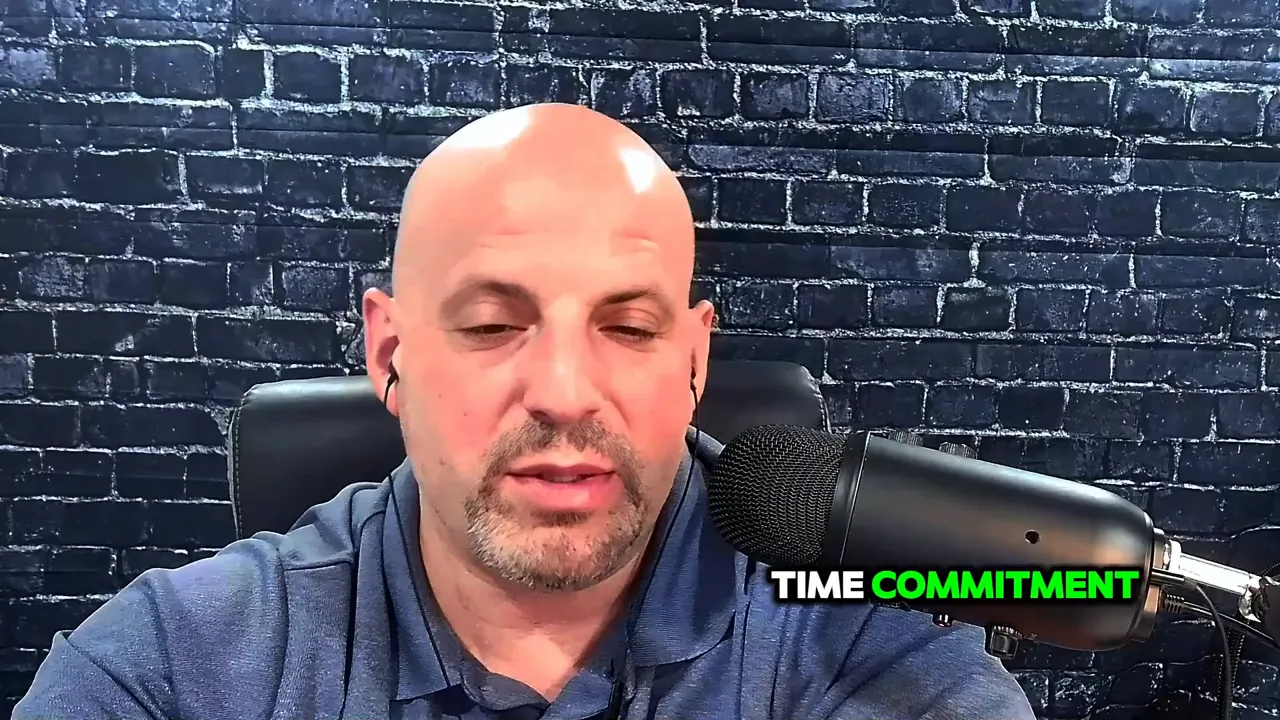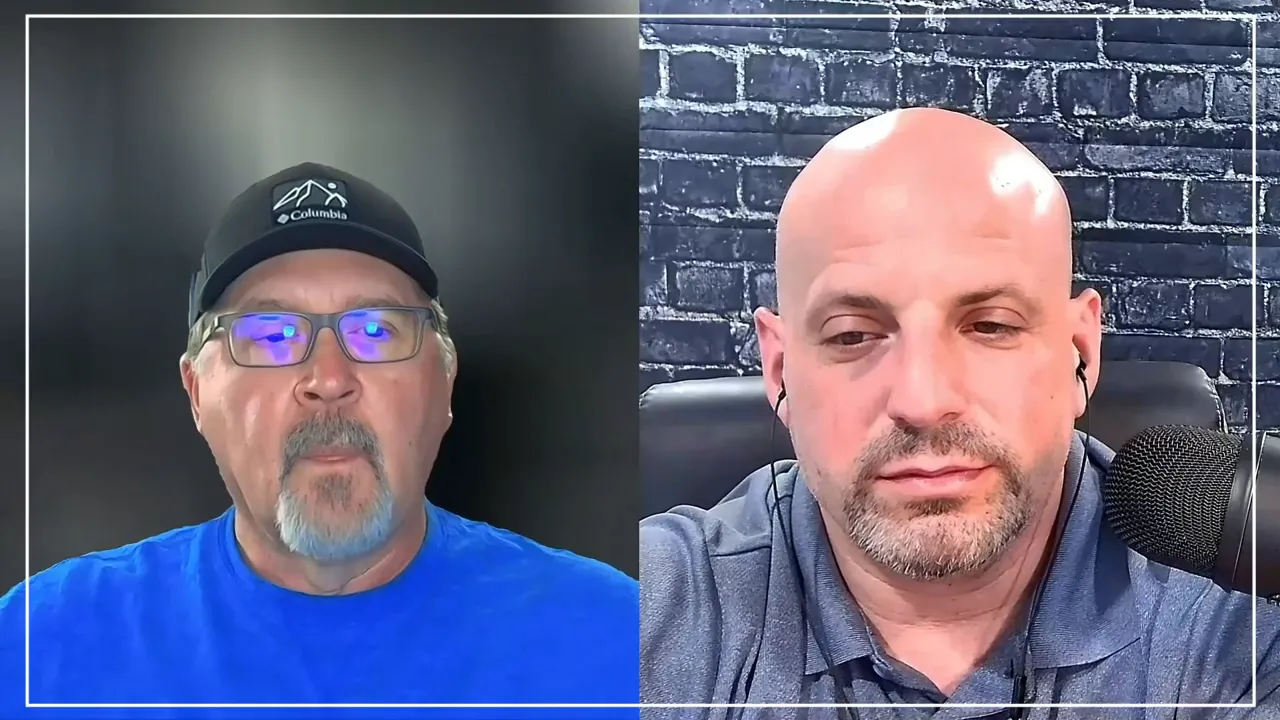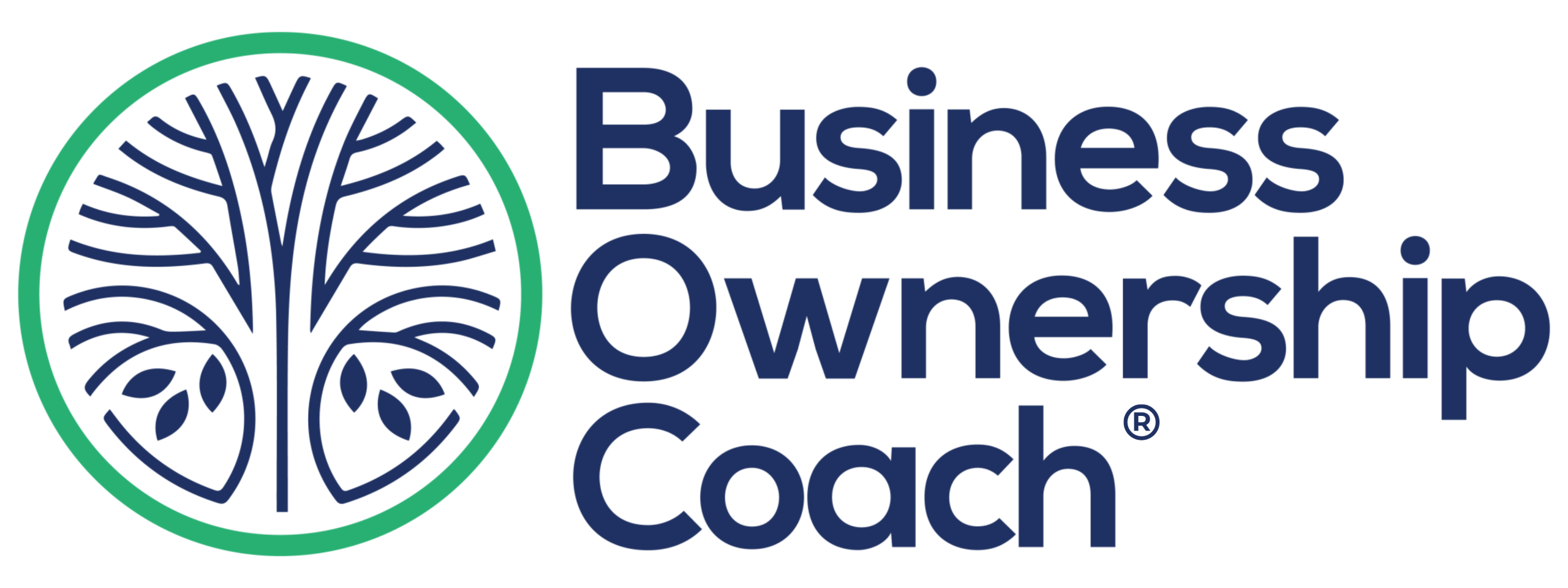I’m Beau Eckstein, and as a Business Ownership Coach and host of the Investor Financing Podcast, I get asked this question all the time: what type of business is the best option for someone who wants to start a venture while keeping their corporate job? In this article I’ll walk you through realistic options, the actual time commitment you should expect, the leadership skills required, and plug you into practical next steps so you can make an informed decision without losing sleep over it. Business Ownership Coach | Investor Financing Podcast
Quick answer: it depends — and why that matters
There’s no single “best” business for everyone. The right choice depends on your schedule, where you work (remote, hybrid, or in-office), how many hours per week you can realistically commit, and the skill set you bring to the table. Are you a manager who thrives on building culture and leading teams, or are you better at following systems and processes? Those differences matter a lot.
As the Business Ownership Coach | Investor Financing Podcast host, my approach is pragmatic: match the business model to your life and strengths, and be honest about the time you can devote. If you need something low-touch and predictable, choose that. If you want greater revenue potential, accept that it usually requires more leadership and hands-on work, at least initially. Business Ownership Coach | Investor Financing Podcast

Photo by JESHOOTS.COM on Unsplash
Vending machines: the simple, low-time option
If your goal is to start a venture while keeping your corporate job and you want simplicity, vending machines are one of the most straightforward options. Why?
- Time commitment: roughly one hour per week, per machine, once routes and logistics are established.
- Remote tracking: most modern vending machines report inventory and sales to an app or dashboard you can monitor on your phone.
- Scalability: you can add machines gradually and hire someone to fill machines if you prefer to be hands-off.
That low-touch model makes vending an excellent candidate if you can only spare weekends or a couple of evenings each week. But remember: profits depend on location, product mix, and operational discipline—just because it’s “simple” doesn’t mean it’s automatic. You still need to analyze location contracts, negotiate with property managers, and build a reliable route or a hireable process.
When I discuss practical side hustles on the Business Ownership Coach | Investor Financing Podcast, vending often comes up because it offers a clear, time-boxed workflow that pairs well with a nine-to-five. Yet even with vending, plan to spend more time up front to set things up and optimize product selection.
High-revenue businesses: more upside, more leadership required

If you’re aiming for higher revenue than a vending route typically provides, the trade-off is clear: you’ll need to lead. Higher-revenue models usually involve more moving parts—teams, customer service, supply chains, and marketing. That means your time commitment will increase, especially during the first 6 to 12 months, when you’re hiring, training, and refining systems.
Leadership matters. Being able to hire smart people, delegate, create culture, and hold teams accountable is what separates successful semi-absentee owners from hobby-level operators. If you have those leadership skills—or can learn and apply them—you can build a business that becomes semi-absentee over time. However, there’s one truth I emphasize on the Business Ownership Coach | Investor Financing Podcast: very few businesses are truly “set and forget.”
My guidance is straightforward: if you want meaningful revenue, prepare to invest your time up front. That investment pays dividends later, but it’s real work. During the setup phase you’ll be involved in process documentation, recruiting, establishing KPIs, and initial customer retention efforts. Plan for it and structure your time so your corporate job and your new business don’t collide.
Photo by Jakub Żerdzicki on Unsplash
Semi-absentee models: realistic expectations and timelines
Many advertisements for “semi-absentee” businesses make them sound like a dream: minimal work for steady income. The reality I share with clients is more nuanced. Most semi-absentee models will require focused, hands-on effort at the outset—often six months or more—to set up operations, hire the right people, and train managers.
After that initial period, a semi-absentee model often looks like 15–20 hours per week of ongoing oversight. That time is typically used for high-level strategy, reviewing KPIs, managing cash flow, and troubleshooting exceptions. If you can commit to that weekly cadence, semi-absentee ownership is achievable. If not, look for lower-touch opportunities like vending or a passive investment.
Franchises sometimes offer “managed” or “CEO” models where the franchisor helps recruit and manage staff, making the role more absentee-friendly. Those can be a good fit if you prefer a systematized model and are willing to pay for the convenience. But you should evaluate these carefully: higher convenience often comes with lower margins or larger up-front fees.
How to choose the right side hustle based on your profile
Choosing the right side hustle starts with an honest self-assessment and a clear decision framework. Here are practical steps I recommend:
- Assess your available time: Be realistic about weekly hours you can commit without burning out.
- Inventory your strengths: Are you a leader or an executor? Do you prefer system building or following recipes?
- Set revenue and lifestyle goals: Do you need a little extra cash, or are you building toward a full exit from the corporate world?
- Map models to goals: If you need low touch, consider vending. If you want growth and have leadership skills, consider a higher-revenue business or franchise with a managed model.
- Plan for the front-loaded work: Expect the first six months to be more labor-intensive as you hire and set up systems.
One of the most common mistakes is underestimating the set-up time. Even “passive” models take effort to start. Build a 6–12 month roadmap that includes hiring, SOP documentation, and performance milestones. That clarity will make it easier to balance your corporate job and new venture.
As a Business Ownership Coach | Investor Financing Podcast host, my role is to help match entrepreneurs with businesses that fit their life stage and skill set. If you need a customized search or a weekly feed of available franchise resales and turnkey opportunities, I maintain resources to help you find options that fit your criteria. The goal is to remove the guesswork and reduce the risk of a bad fit.
Photo by Jakub Żerdzicki on Unsplash
Common pitfalls and how to avoid them
Here are pitfalls I see over and over, plus how to avoid them:
- Underestimating the upfront time: Build a realistic timeline and budget for the first 6–12 months.
- Picking the wrong model for your skill set: Match leadership-heavy models with people who enjoy leading.
- Neglecting systems and documentation: SOPs are the only way to scale and make a business semi-absentee.
- Rushing hires: Bad hires cost time and money—invest in a proper hiring and onboarding process.
- Not testing the market: Pilot small before scaling—run a few vending locations or one franchise location before rolling out multiple units.
Avoiding these mistakes requires disciplined planning and an honest assessment of trade-offs. If you approach your new venture like any other project—with milestones, KPIs, and a contingency plan—you greatly increase your chances of success.
Next steps: how I can help you move forward

If you want tailored advice, here are practical ways to proceed:
- Book a discovery call so we can map your goals and constraints and identify suitable business models.
- Get on a curated inventory list of resale franchises and semi-absentee opportunities with weekly updates.
- Join a peer group to learn from other corporate professionals who are balancing jobs and businesses.
Remember: the best side hustle is the one that aligns with your life, your risk tolerance, and your ability to lead or follow systems. If you’re ready to move from curiosity to action, reach out and let’s build a plan that respects both your corporate responsibilities and your entrepreneurial ambitions. Business Ownership Coach | Investor Financing Podcast
Conclusion — make a decision with clarity
Photo by Jakub Żerdzicki on Unsplash
Balancing a corporate job and a new venture is absolutely doable when you pick the right model and set realistic expectations. If you want simplicity and low weekly hours, vending is a strong contender. If you want a path to higher revenue, prepare for initial heavy lifting and focus on leadership and systems. Semi-absentee models are achievable, but rarely instantaneous—plan for significant setup time and then a steady, manageable weekly oversight load.
If you want help identifying opportunities or building the roadmap, I’m available for consultations and resources that make the search and acquisition process easier. Reach out, evaluate honestly, and make your entrepreneurial journey sustainable—one smart decision at a time. Business Ownership Coach | Investor Financing Podcast



